





A note from the creator and photographer
After hundreds of conversations and hours spent listening to students' stories, I became increasingly aware that the Ashkenormative lens through which Jewish narratives are told is a problem that leaves many multiracial/ multiethnic, Jewish students feeling like they struggle to belong.
I realized this problem needed to be addressed, so as an artist and a photographer, my response to this issue was the Portrait Identity Projectan initiative that pairs portraiture photography, reflective interviews, and storytelling to broaden the perception of what being Jewish "looks like" and instigate reflection on intersectional identities.
Participants in the project share their stories by reflecting on a series of interview questions about how Jewish identity intersects with other facets of identity, how one's environment impacts how Judaism is viewed and embraced, and how stereotypes affect how Jewish identity is conveyed or internalized. The interviews create the space for participants to process the full range of their experiences with Judaism, and the project amplifies the voices and experiences of underrepresented Jews.
Photography is the chosen medium because it allows viewers to see a part of themselves in others' stories, as each portrait acts as a mirror, inviting viewers to turn inward and examine how we can broaden our perspective and cultivate a more diverse and inclusive Jewish community.
— Julia Mattis

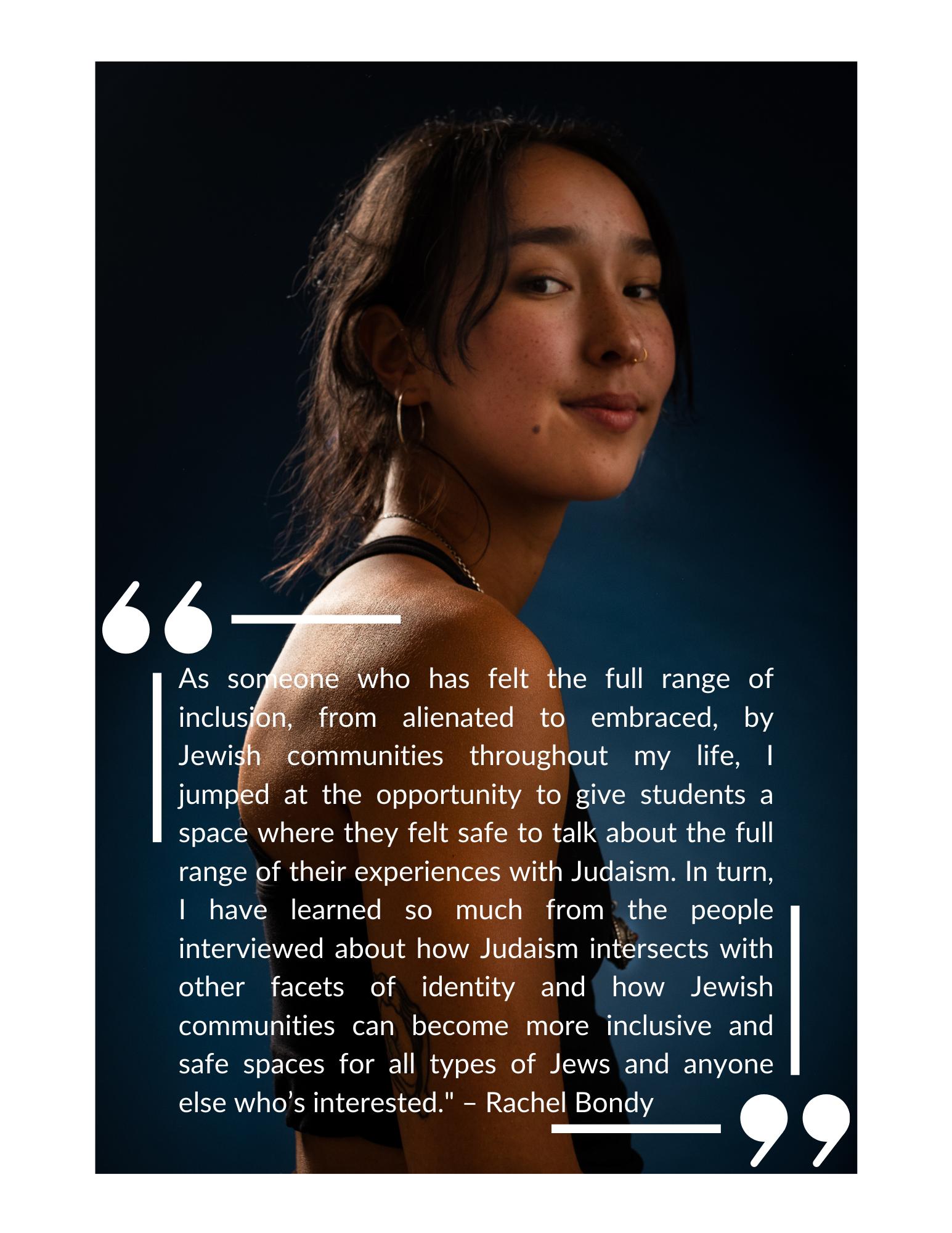
The Portrait Identity Project facilitates personal interviews to amplify underrepresented voices in your community,. The insights we learn from the interviews enrich programmatic offerings, boost engagement numbers, enhance stakeholder engagement, and provide relevant insights to implement and create change within your organization.

The project empowers students to reflect on "the big questions," such as how Jewish identity intersects with other facets of their identity, one's environment impacts how Judaism is viewed and embraced, and stereotypes affect how Jewish identity is conveyed or internalized. This process shows students that questioning, reflecting, and learning are inherently Jewish practices.
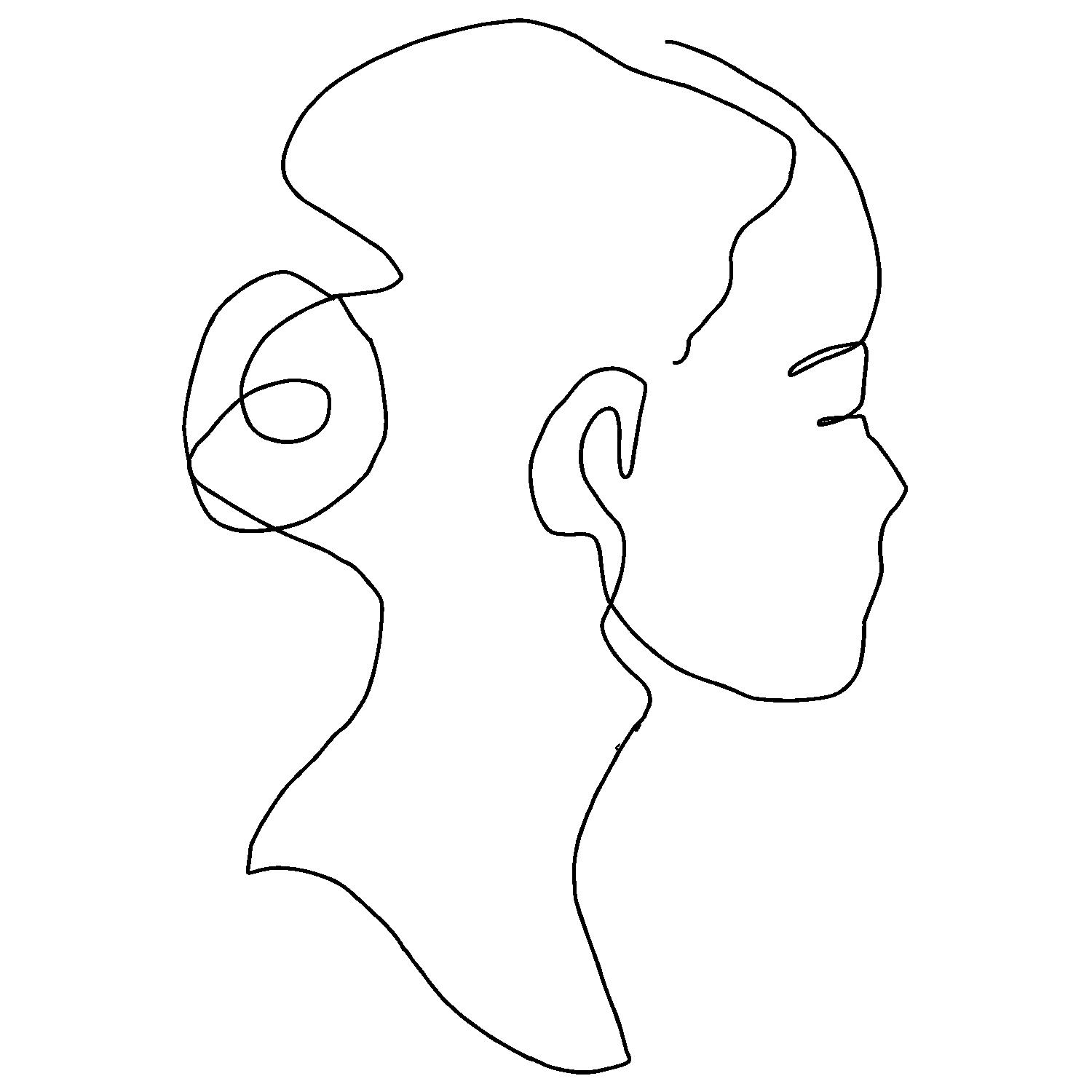
Fostering leadership is complex and not only requires discrete skills and nuance but an ability to reflect and be empathetic. The Portrait Identity Project encourages students to tell their stories and think critically about who they are and want to be.

Celebrate diversity
Driven by the desire to diversify the lens through which Jewish narratives have been and continue to be told, The Portrait Identity Project amplifies the voices and experiences of underrepresented Jews, catalyzes essential conversations about the effects of stereotypes in our society, and creates visibility for representation.
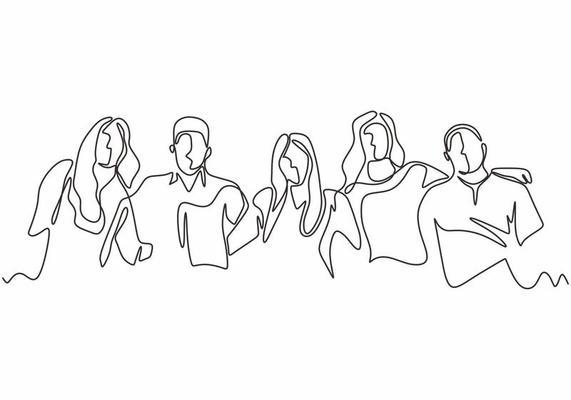
And, we remain committed to:
at the center of our process is the question, “What does it look like to be Jewish in America today?”
Working together to execute a shared vision
Facilitate interviews and source meaningful reflections and insights.
Transform interview content into compelling narratives paired with professional portraits
Host an opening reception, discussion groups, and/or community programming.

Together we will broaden the definition of what it “looks like” to be Jewish at Tulane by celebrating students, their stories, and their constantly evolving identities,
The Engagement Team will recruit and collectively interview 25 students across grades, involvement, and backgrounds to trace the shifts in practices, value systems, and students’ conception of how their Jewish identities change and interact with other facets of their identity.
The Engagement Team will assist with transportation to and from the photo shoot.
Julia will listen and transform all the interviews into personal narratives. Julia will also take all students’ portraits.
Gary will be the on-the-ground point person for all things related to the Portrait Identity Project opening reception. Gary may also manage student interns to plan the opening reception for the exhibition.
Together we will tell the stories of contemporary that will become history.
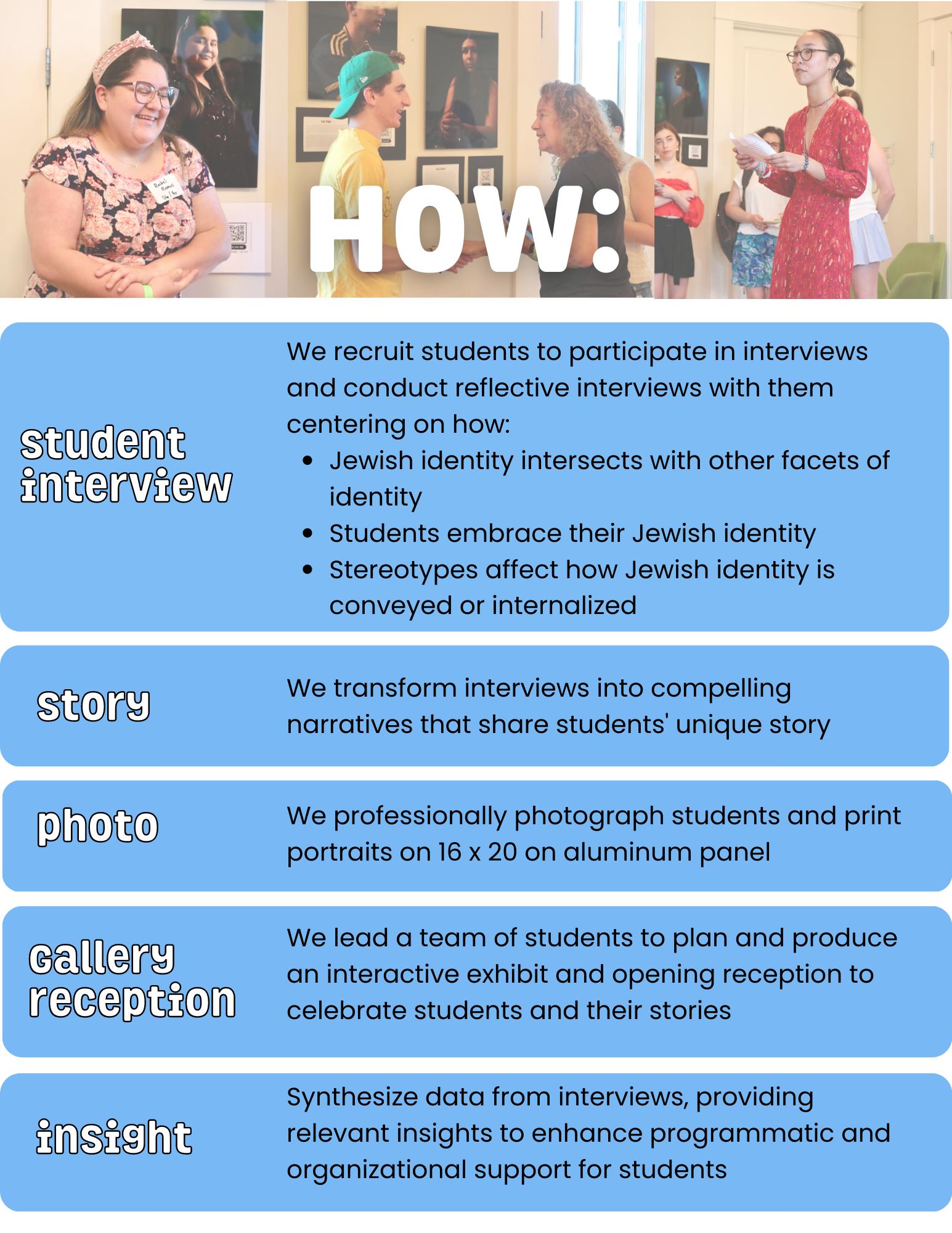

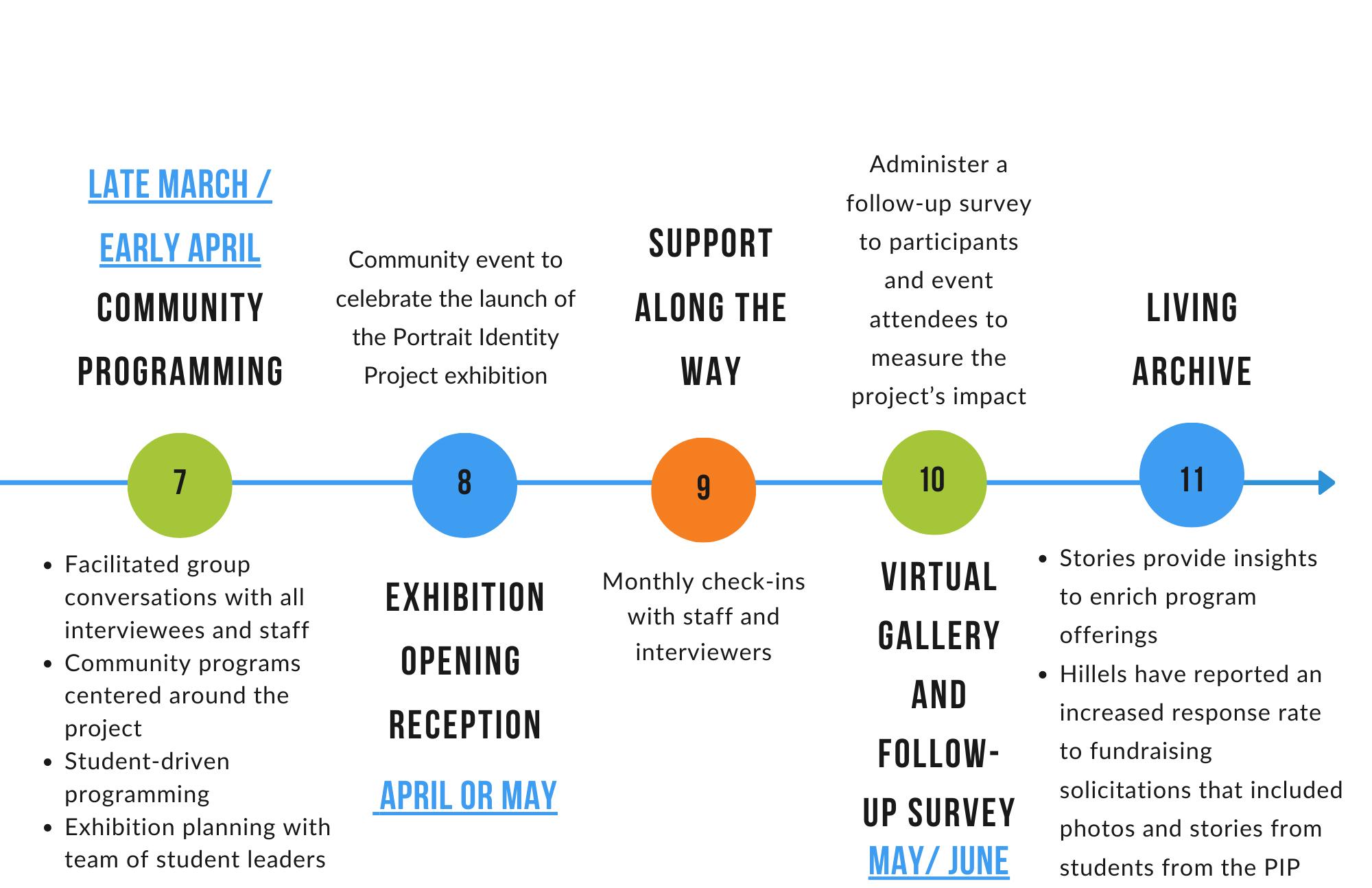
Phone number: (513) 265-3042
Email: jmattis@tulane.edu
Website: Tulane Hillel
As the Director of Special Projects at Tulane Hillel, Julia develops and produces The Portrait Identity Project at Tulane and Hillels nationally.
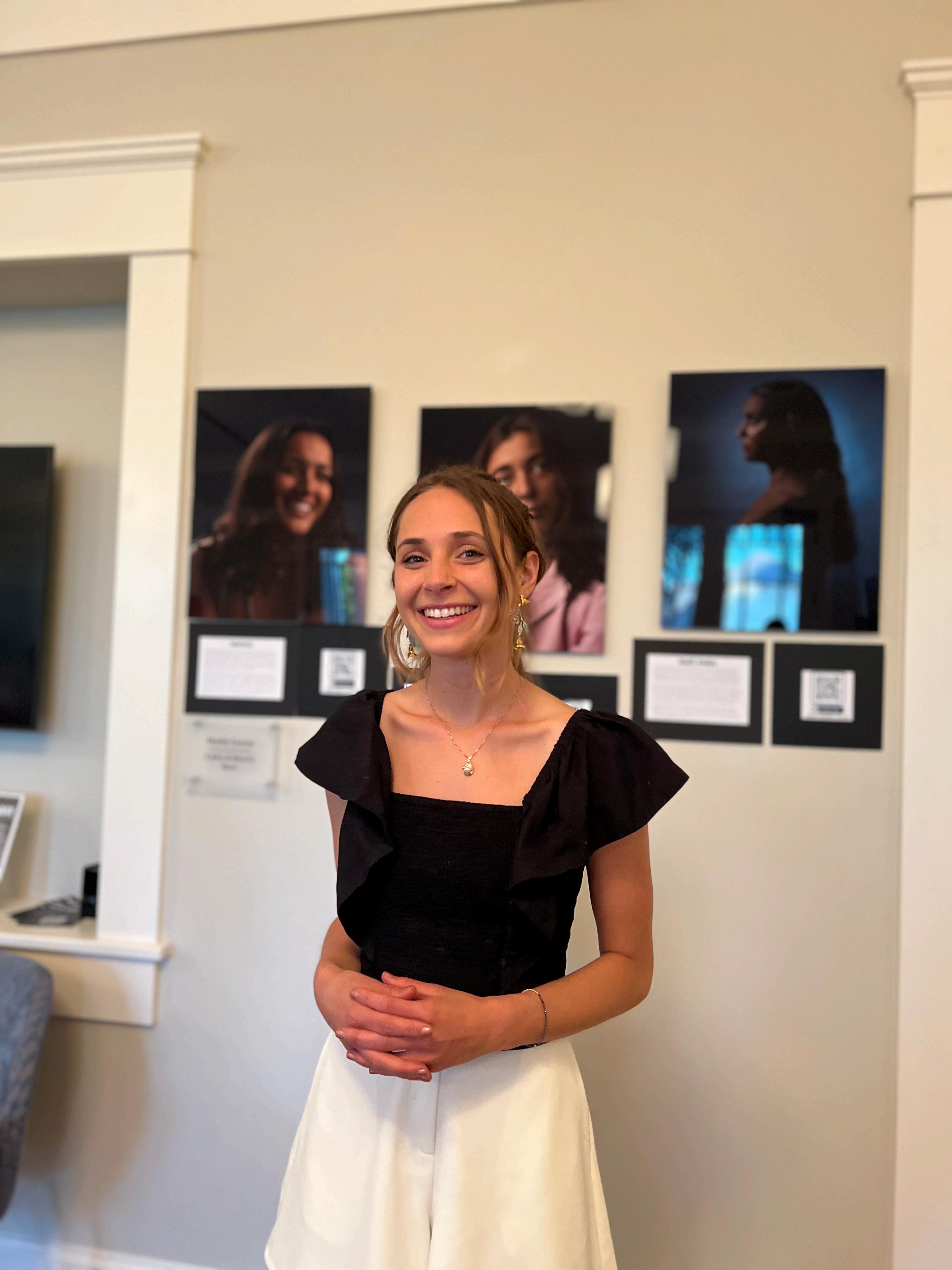
Before her current role, Julia was the Director of Innovation and Student Engagement and a Springboard Innovation Fellow at Tulane Hillel, connecting people and creating inclusive, action-oriented leadership opportunities by coaching students to develop and produce initiatives that actively shape their communities.
She graduated in May 2019 from The Ohio State University with Distinction and Honors in the Arts and a BFA in Photography. In her work, she uses photography and storytelling to evoke empathy, share thought provoking stories, and draw attention to the power of an image to shape our thoughts; thus, encouraging viewers to question their personal identity.


